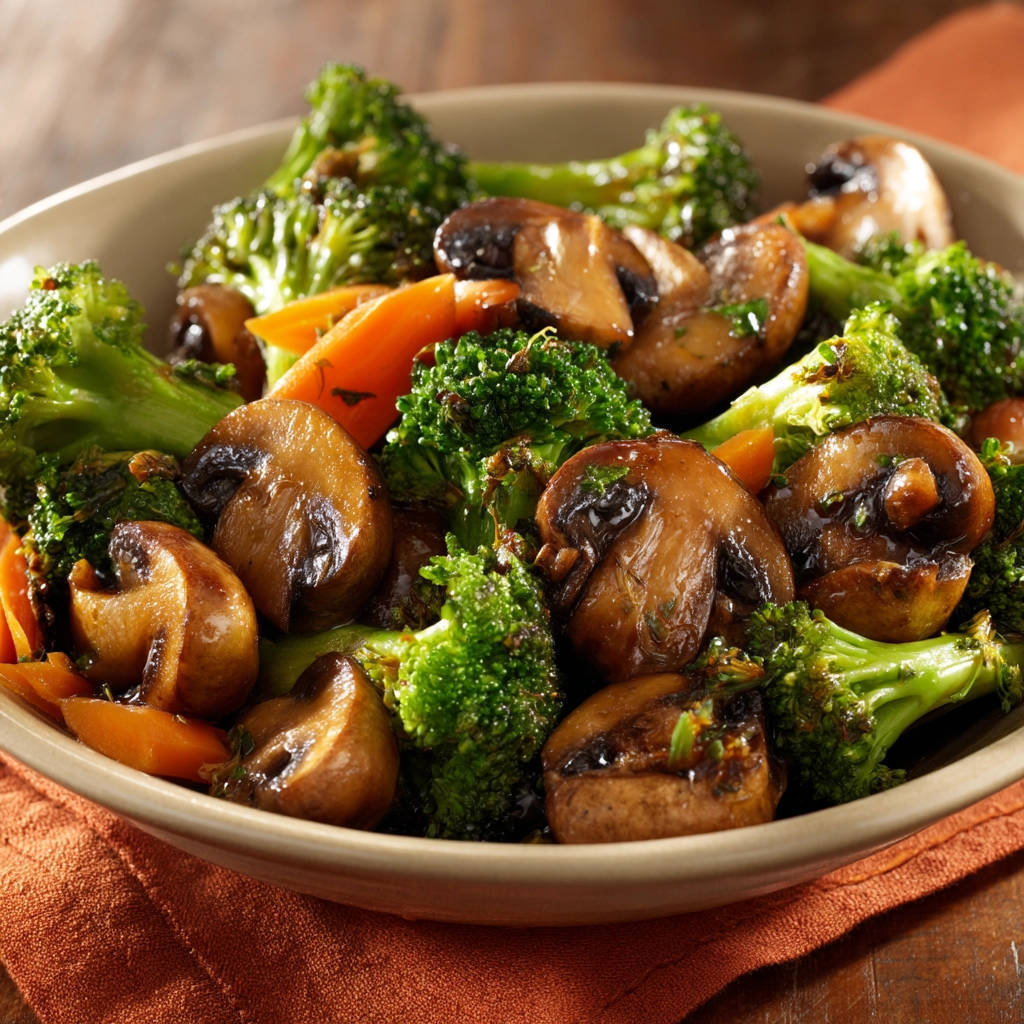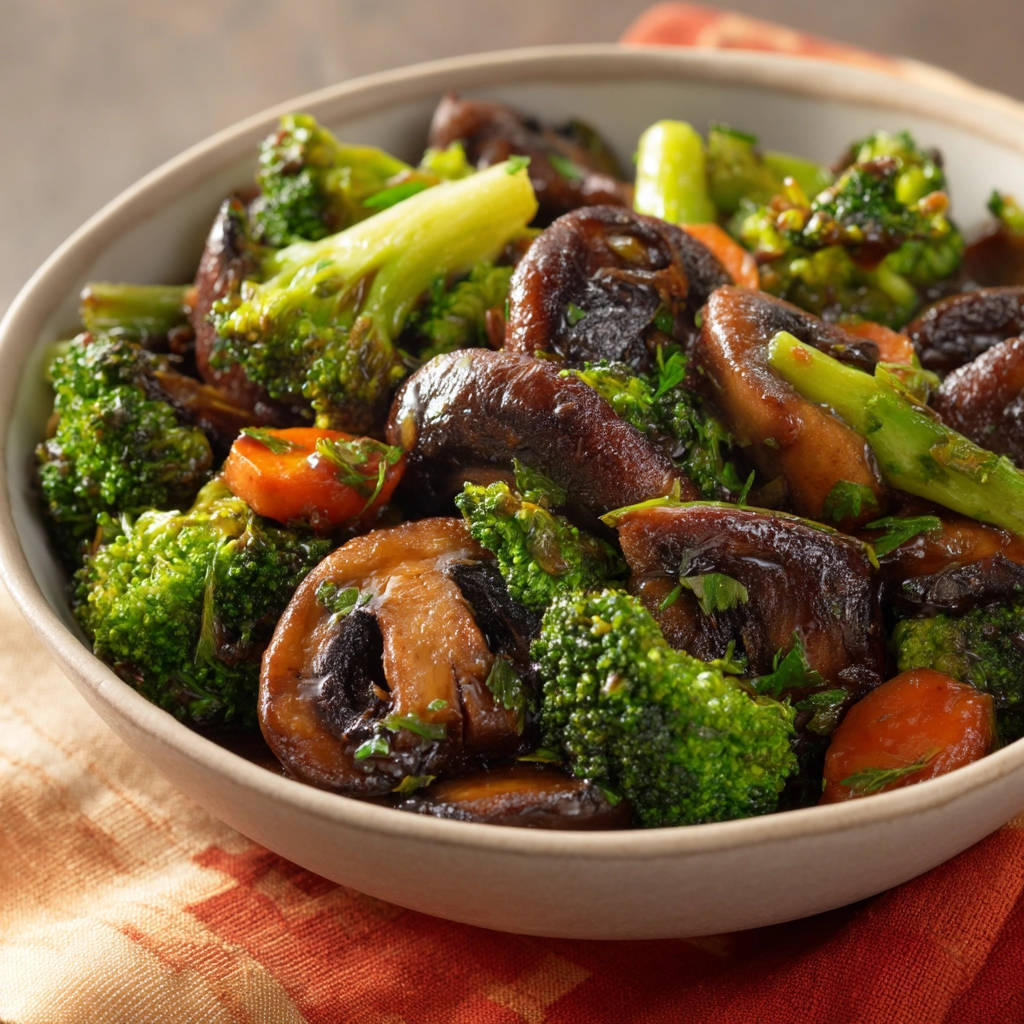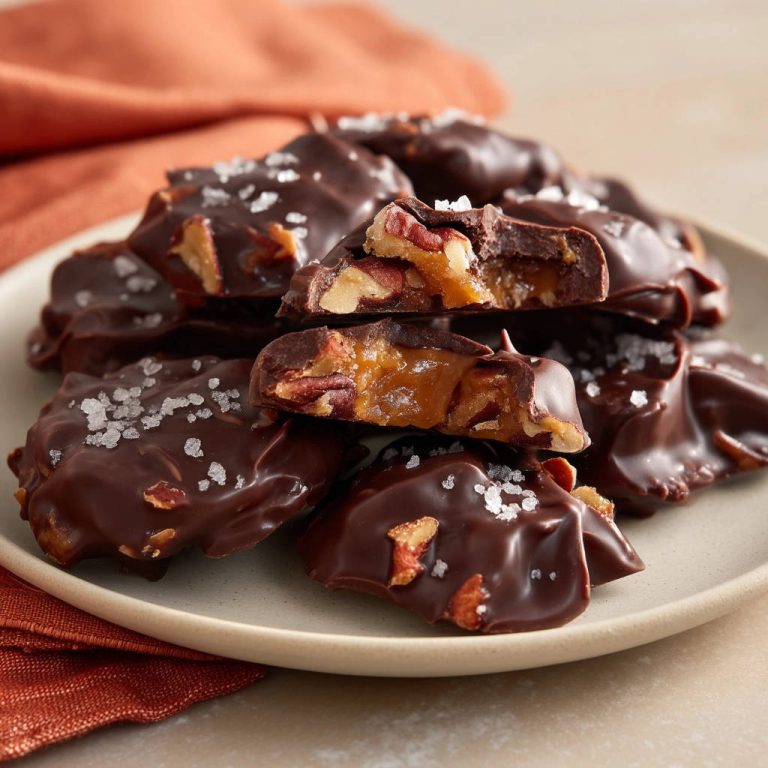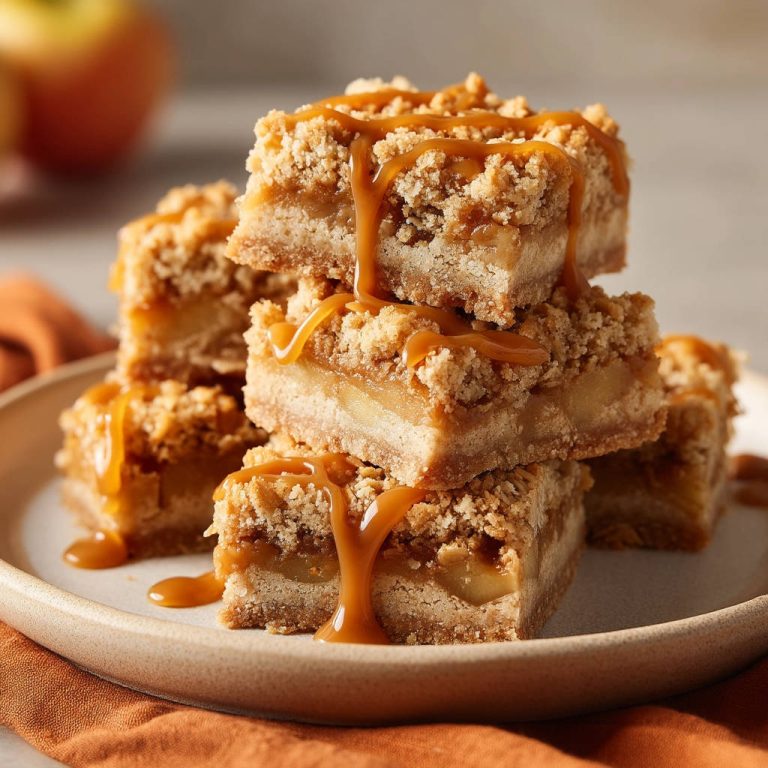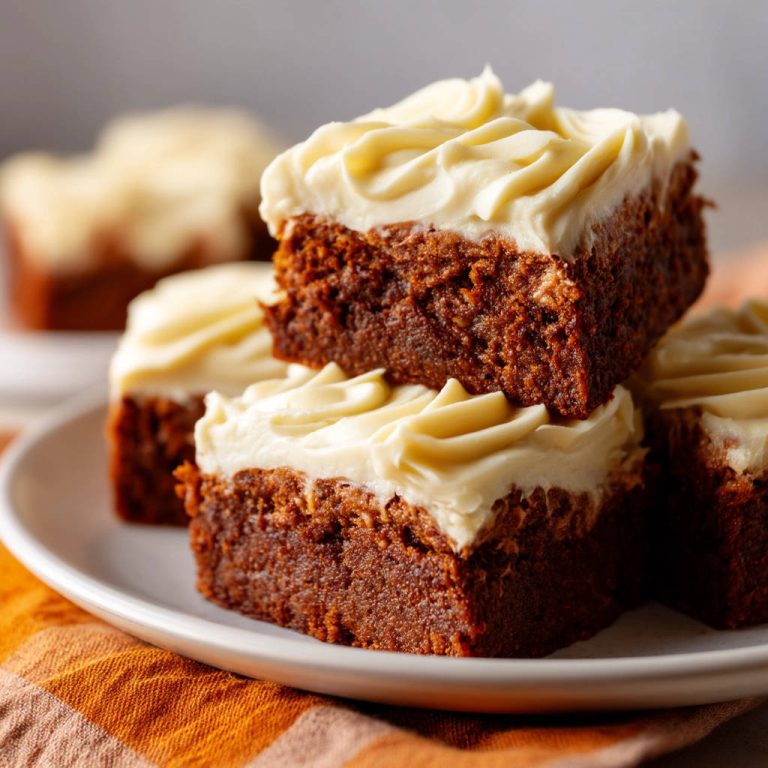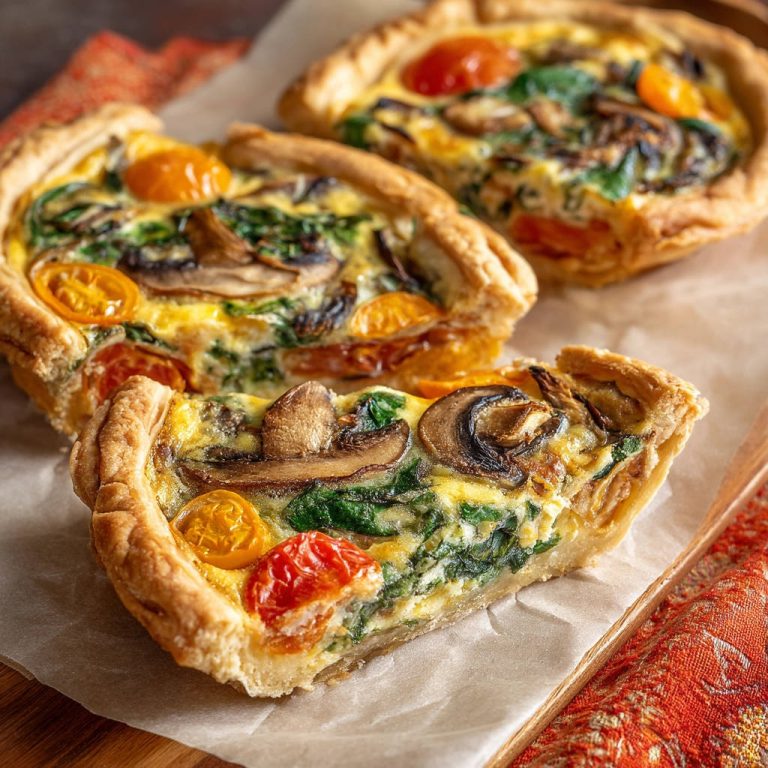Have you ever plated up what you hoped would be a colorful, crisp side dish, only to end up with a sad, grey pile of mushy vegetables? Oh, I’ve been there! For years, achieving that perfect vibrant, crisp-tender texture when sautéing vegetables felt like some kind of kitchen magic reserved for restaurant chefs. It seemed impossible to get beautiful colors and satisfying bite without everything turning soggy or unevenly cooked.
But guess what? It’s not magic at all! It comes down to a few simple, yet critical, techniques. After countless experiments (and yes, a few more soggy failures than I’d like to admit), I finally cracked the code. This recipe for Vibrant Sautéed Vegetables uses that simple trick to ensure your veggies are bursting with color and boast that delightful tender-crisp bite every single time. Forget dull and lifeless; get ready for vibrant, delicious results in just about 25 minutes from start to finish!
Why You’ll Absolutely Love This Vibrant Sautéed Vegetables Recipe
Beyond just avoiding the dreaded mush, there are so many reasons why this method for vibrant sautéed vegetables will become your go-to:
- Lightning Fast: With just 15 minutes of prep and 10 minutes of cook time, you can have a healthy, flavorful side dish ready in under half an hour. Perfect for busy weeknights!
- Foolproof Texture: We tackle the mushy problem head-on with a technique that guarantees crisp-tender results.
- Packed with Flavor: High-heat sautéing caramelizes the vegetables slightly, bringing out their natural sweetness, enhanced by simple seasonings.
- Super Versatile: This method works beautifully with a wide range of vegetables, allowing you to customize based on what you have on hand or what’s in season.
- Healthy & Delicious: It’s a fantastic way to get those essential vitamins and fiber into your meal without sacrificing taste or appeal.
- Visually Stunning: The vibrant colors pop on your plate, making your meal look as good as it tastes.
Gathering Your Ingredients for Vibrant Sautéed Vegetables
One of the best things about this recipe is its simplicity. You don’t need a long list of exotic ingredients. We’re focusing on fresh, quality produce and basic pantry staples to build incredible flavor and texture. The key here is starting with fantastic vegetables, as they are truly the stars of the show. Choosing ingredients that cook in a similar timeframe or prepping them carefully is essential for even results.
Here’s a closer look at the simple lineup:
- Broccoli Florets: We start with about two cups of broccoli florets. Broccoli is a wonderful choice for sautéing because its natural structure holds up well to the heat, allowing the edges to get delightfully crispy while the inside remains tender-crisp. Cutting them into bite-sized pieces ensures they cook relatively quickly alongside the other vegetables. Look for vibrant green heads with tightly packed florets.
- Carrots: About a cup of carrots, peeled and sliced diagonally, adds sweetness, color, and a different texture. Slicing them diagonally (on the bias) isn’t just for looks! It increases the surface area slightly, helping them cook a bit faster and more evenly than straight cuts, allowing them to become tender-crisp just as the broccoli finishes. Choose firm, bright orange carrots.
- Button Mushrooms: One cup of button mushrooms, halved or quartered depending on their size, brings an earthy, savory depth to the mix. Mushrooms release moisture as they cook, but with our high-heat method, they’ll brown beautifully instead of steaming, developing a richer flavor. Make sure to wipe them clean instead of washing to avoid excess water.
- Cooking Oil: We’ll need two tablespoons of vegetable oil or olive oil. The type of oil matters! For high-heat sautéing like this, you want an oil with a relatively high smoke point. Vegetable oil is a classic choice. Olive oil can also work, but choose a regular or light olive oil rather than extra virgin, which has a lower smoke point and can burn. The oil conducts the heat evenly and helps the vegetables brown.
- Salt: Just half a teaspoon of salt is crucial for seasoning. Salt not only adds its own flavor but also enhances the natural flavors of the vegetables, making them taste brighter and more delicious.
- Black Pepper: A quarter teaspoon of black pepper adds a little warmth and subtle spice. Freshly ground pepper is always best for maximum flavor.
- Dried Herbs: Finally, half a teaspoon of dried herbs like parsley or thyme adds an aromatic finishing touch. These dried herbs infuse their flavor into the vegetables during the final stage of cooking, adding a layer of complexity. You can experiment with other dried herbs like oregano or a mixed Italian blend if you like.
Crafting Your Vibrant Sautéed Vegetables: Step-by-Step Success
Ready to transform those humble veggies into a vibrant masterpiece? Follow these steps closely, paying special attention to the technique, and you’ll achieve that perfect crisp-tender result every time. It’s less about complicated maneuvers and more about understanding the ‘why’ behind each action.
- Prepare Your Vegetable Ensemble: Your journey to perfect sautéed vegetables begins before they even hit the pan. Start by thoroughly cleaning all your vegetables. The absolute most critical part of this step is ensuring they are completely DRY. Any excess water on the surface of the vegetables will instantly cool down your pan and cause them to steam rather than sauté, which is the fast track to that dreaded mushy texture. Pat everything down with paper towels until visibly dry. Now, get your knife ready! Cut the broccoli into small, uniform florets. This isn’t just for aesthetics; uniform size means they all cook at the same rate, ensuring you don’t have some pieces overdone while others are still raw. Do the same for the carrots, slicing them diagonally into pieces of similar thickness to the broccoli florets. For the mushrooms, give them a quick wipe to remove any dirt (avoid soaking them!) and then halve or quarter them so they are roughly the same size as your other vegetable pieces. Proper prep here is half the battle won!
- Heat Things Up: The Pan is Your Friend: Grab your largest skillet. Why large? We’ll get to that in the next step, but surface area is key. Add your two tablespoons of vegetable or olive oil to the pan. Place it over medium-high heat. Now, be patient for a moment and let the pan and the oil get hot. You’ll know it’s ready when the oil starts to shimmer slightly, almost looking like it’s wiggling. This high heat is essential for creating that beautiful browning and achieving the crisp-tender texture we’re after. If the oil isn’t hot enough, the vegetables will just sit there and steam in their own juices.
- The Golden Rule: Add and Don’t Crowd!: Here it is – the secret weapon against mushy vegetables. Gently add your prepared vegetables to the hot pan. But pay close attention: arrange them in a single layer. Avoid the temptation to dump everything in at once, especially if you’re making a larger batch. Overcrowding the pan is the number one culprit for steaming instead of sautéing. When too many vegetables are crammed together, the moisture they release has nowhere to go, and they effectively boil instead of searing. If your skillet isn’t large enough to hold all the vegetables in a single layer with some space around them, you MUST cook them in batches. It might take an extra few minutes, but the payoff in texture is absolutely worth it. Ensure every piece has direct contact with the hot pan’s surface.
- Let Them Sear: Patience Pays Off: Once the vegetables are in the hot, uncrowded pan, resist the urge to immediately start stirring! Let them cook undisturbed for about 2 to 3 minutes. This initial contact with the hot surface allows them to develop a lovely golden-brown sear on one side. This browning adds incredible flavor through a process called the Maillard reaction. You’ll start to see those beautiful color changes happening on the bottom side of the vegetables.
- The Finishing Cook: Stir and Watch the Color: After that initial searing time, give the vegetables a good stir. Now, you can continue to cook, stirring only occasionally, for another 5 to 7 minutes. Keep an eye on their appearance and texture. The broccoli should turn a vibrant, bright green and feel crisp-tender when pierced with a fork – meaning it has a slight give but still offers resistance. The mushrooms will release their moisture and start to brown beautifully. The carrots should also be tender-crisp, losing their raw hardness but still having a pleasant bite. The total cooking time will depend on the size of your vegetable pieces and the exact heat, so trust your eyes and a quick taste test!
- Season for Maximum Impact: In the final minute of cooking, sprinkle the salt, black pepper, and dried herbs over the vegetables. Stir everything together to distribute the seasonings evenly. Adding salt too early can sometimes draw out moisture, so seasoning towards the end helps maintain that desirable crisp-tender texture. The heat of the pan will help the dried herbs release their aromatic oils.
- Serve Immediately & Enjoy!: As soon as the vegetables reach your desired crisp-tender texture and are seasoned, remove them from the heat. Serve them right away! Sautéed vegetables are always at their absolute best when they are fresh out of the pan. The vibrant colors and perfect texture are fleeting, so gather everyone ’round and enjoy the fruits of your quick and successful sautéing efforts!
Tips for Perfect Vibrant Sautéed Vegetables Every Time
Mastering the sauté isn’t hard, but these extra tips can elevate your vibrant sautéed vegetables from good to absolutely amazing:
- Dryness is Divinity: I cannot stress this enough! Make sure your vegetables are as dry as possible before they hit the hot oil. A salad spinner works wonders after washing, followed by a pat down with paper towels.
- Hot Pan, Hot Oil: Your pan and oil need to be sufficiently hot before you add the vegetables. This is what initiates the browning and prevents steaming. Don’t rush this step!
- Give Them Space: Overcrowding is the enemy of crisp-tender vegetables. Cook in batches if necessary. It’s better to spend a few extra minutes than end up with a pot full of steamed sadness. Using a large skillet or even a flat-bottomed wok can help maximize surface area.
- Uniform Cuts Matter: While you can mix vegetables, try to cut them into pieces of roughly the same size. This ensures they cook evenly and finish at the same time.
- Embrace Variety: This technique isn’t just for broccoli, carrots, and mushrooms! Feel free to swap or add other quick-cooking vegetables like bell peppers (sliced), zucchini or yellow squash (sliced or cut into half-moons), green beans, snap peas, asparagus (trimmed and cut), or even pre-cooked root vegetables like cubed sweet potato (added earlier as they take longer). Remember that vegetables like leafy greens (spinach, kale) cook much faster and should be added right at the very end for just a minute or two until wilted. If you’re looking for another delicious vegetable side, our crispy roasted Brussels sprouts are always a winner!
- Amp Up the Flavor: Want to add more aromatics? Mince some garlic or thinly slice some onion. Add them to the pan after the initial browning phase (step 4), just before you start stirring more frequently. This prevents the garlic/onion from burning before the vegetables are cooked. You can also finish with a squeeze of fresh lemon juice for brightness, a sprinkle of red pepper flakes for heat, or a dash of soy sauce for umami.
- Storage and Reheating: Sautéed vegetables are best eaten immediately. However, leftovers can be stored in an airtight container in the refrigerator for 2-3 days. To reheat, gently warm them in a skillet over medium heat to help retain some texture, rather than microwaving, which often results in softer vegetables.
What to Serve With These Vibrant Sautéed Vegetables
These vibrant sautéed vegetables are incredibly versatile and pair beautifully with a wide array of main dishes. Their quick cook time makes them an ideal companion for mains that might take a little longer.
They are fantastic alongside simple proteins like pan-seared salmon, roasted chicken, or grilled steak. Try them next to grilled chicken satay for a fresh contrast. They also make a lovely addition to grain bowls, served over fluffy quinoa or rice, or even tossed with pasta for a light vegetarian meal.
Your Vibrant Sautéed Vegetables Questions Answered (FAQ)
Let’s address some common questions about making perfect sautéed vegetables.
How exactly do I avoid mushy sautéed vegetables?
The absolute key is high heat and avoiding overcrowding the pan. Ensure your vegetables are very dry before adding them. Heat your pan and oil until shimmering over medium-high heat. Add vegetables in a single layer so they sear and brown instead of steaming. If your pan is too full, cook in batches!
What is “crisp-tender” texture?
Crisp-tender means the vegetables are cooked through and no longer hard or raw, but they still have a slight firmness and resistance when you bite into them or pierce them with a fork. They aren’t soft or mushy.
Can I use frozen vegetables?
While you technically can sauté frozen vegetables, they contain a lot of moisture which makes achieving that crisp-tender, non-mushy texture very difficult using this method. They are much more likely to steam. This recipe works best with fresh vegetables.
Can I add different herbs or spices?
Absolutely! This recipe uses a basic herb seasoning, but you can customize it. Consider adding garlic powder, onion powder, a pinch of paprika, or a dash of Italian seasoning blend. Fresh herbs like fresh parsley or cilantro can be stirred in right at the very end, after cooking.
Why do you season the vegetables at the end?
Adding salt too early can draw moisture out of the vegetables, potentially making them softer and less likely to brown. Adding salt and other seasonings in the last minute or so ensures the flavors are bright and fresh, and helps maintain the desired texture.
Is there a best type of pan for sautéing?
A large, heavy-bottomed skillet (like stainless steel or cast iron) is ideal. The heavy bottom helps distribute heat evenly and retain high heat, which is crucial for successful sautéing and browning. A larger surface area also makes it easier to cook in a single layer.
Enjoy Your Homemade Vibrant Sautéed Vegetables!
Say goodbye to watery, lackluster side dishes! With this simple technique, you can easily create vibrant sautéed vegetables that are packed with flavor and boast that perfect crisp-tender bite. They’re quick enough for weeknights, healthy, and versatile enough to go with almost any meal.
Give this recipe a try tonight! I promise you won’t be disappointed. Let me know in the comments below how yours turned out and what vegetables you decided to use! Happy cooking!
Vibrant Sautéed Vegetables
Ingredients
- 2 cups broccoli florets cut into bite-sized pieces
- 1 cup carrots peeled and sliced diagonally
- 1 cup button mushrooms halved or quartered
- 2 tablespoons vegetable oil or olive oil
- 1/2 teaspoon salt
- 1/4 teaspoon black pepper
- 1/2 teaspoon dried herbs like parsley or thyme
Directions
- Prepare all the vegetables ensuring they are clean and dry. Cut broccoli into small florets and carrots into similar sized slices for even cooking. Halve or quarter mushrooms depending on size.
- Heat the vegetable oil or olive oil in a large skillet over medium-high heat until it is shimmering.
- This next step is key to avoiding mushy vegetables. Add the vegetables to the hot pan in a single layer without overcrowding. You may need to cook in batches if your pan is not large enough. Overcrowding the pan causes the vegetables to steam instead of sautéing which leads to a mushy texture. Cook in batches if necessary to ensure everything has space.
- Let the vegetables cook undisturbed for 2-3 minutes to allow them to brown slightly on one side.
- Stir the vegetables and continue to cook, stirring occasionally, for another 5-7 minutes until the broccoli is bright green and crisp-tender and the mushrooms are browned. The carrots should also be tender-crisp.
- Season with salt, pepper, and dried herbs during the last minute of cooking.
- Remove from heat and serve immediately.

